| [1] Gleave JA, Valliant JF, Doering LC. 99mTc-Based Imaging of Transplanted Neural Stem Cells and Progenitor Cells. J Nucl Med Technol. 2011,5:12. [Epub ahead of print][2] Gomi M, Aoki T, Takagi Y, et al. Single and local blockade of interleukin-6 signaling promotes neuronal differentiation from transplanted embryonic stem cell-derived neural precursor cells. J Neurosci Res. 2011,5:6. [Epub ahead of print][3] Cai PQ, Sun GY, Cai PS, et al. Survival of transplanted neurotrophin-3 expressing human neural stem cells and motor function in a rat model of spinal cord injury. Neural Regen Res. 2009;4(7):485-491.[4] Falconer JC, Narayana PA, Bhattacharjee M, et al. Characterization of experimental spinal cord injury model using waveform and morphometric analysis. Spine. 1996; 21:104-112.[5] Khan T, Havey RM, Sayers ST,et al.Animal models of spinal cord contusion injuries. Lab Anim Sci.1999,49:161-172.[6] Li YM, Li WQ, Lu YC, et al. Dier Junyi Daxue Xuebao. 2010; 31(2):1277-1281.李一明,李维卿,卢亦成,等.大鼠神经干细胞通过 Wnt/β- catenin途径抑制神经胶质瘤生长[J].第二军医大学学报,2010,31(12): 1277-1281.[7] Kon C,Manho K, Sang - Wuk J . Human neural stem cell can mi2grate, differentiate, and integrate after intravenous trans plantation inadult ratswith transient forebrain ischemia. Neur oscience letters.2003,343:129-133.[8] Bass o DM, Beattle MS, Bresnahan JC. A sensitive and reliable locamotor rating scale for open field testing in rays. J Neur otrauma.1995,12 (1):1-21.[9] Tokita-Ishikawa Y, Wakusawa R, Abe T.Evaluation of Retinal Degeneration in P27KIP1 Null Mouse. Adv Exp Med Biol. 2010; 664:467-471.[10] Hemmer E, Kohl Y, Colquhoun V, et al. Probing cytotoxicity of gadolinium hydroxide nanostructures. J Phys Chem B. 2010; 114(12):4358-4365.[11] Morales-Avila E, Ferro-Flores G, Vallarino-Kelly T, et al. Radiosensitization of murine normoblasts in vivo by bromodeoxyuridine to the genotoxicity and cytotoxicity of the bone-seeking radiopharmaceutical 153Sm-EDTMP. Radiat Res. 2010,173(3):386-391.[12] Erguven M, Yazihan N, Aktas E, et al. Carvedilol in glioma treatment alone and with imatinib in vitro. Int J Oncol. 2010; 36(4):857-866.[13] Horiuchi M, Tomooka Y. An attempt to generate neurons from an astrocyte progenitor cell line FBD- 104. Neurosci Res. 2005;53(2):104- 115.[14] Zhu WZ, Ni JX, Tang Q,Study on the effect of cluster needling of scalp acupuncture on the plasticity protein MAP-2 in rats with focal cerebral infarction. Zhongguo Zhen Jiu.2010;30(1):46-50.[15] Kinugasa-Taniguchi Y, Tomimatsu T, Mimura K, et al.Human C-reactive protein enhances vulnerability of immature rats to hypoxic-ischemic brain damage: a preliminary study. Reprod Sci.2010;17(5):419-425.[16] Ma D, Chow S, Obrocka M,et al. Induction of microtubule associated protein 1B expression in Schwann cells during nerve regeneration. Brain Res.1999;823:141-153.[17] Blomgren K, McRae A, Elmered A, et al. The calpain proteolytic system in neonatal hypoxic-ischemia. Ann N Y Acad Sci.1997;825:104-119.[18] Fang H, Zhang LF, Meng FT, et al. Acute hypoxia promote the phosphorylation of tau via ERK pathway. Neurosci Lett. 2010; 474(3):173-177.[19] LoRusso PM, Krishnamurthi SS, Rinehart JJ, et al. Phase I pharmacokinetic and pharmacodynamic study of the oral MAPK/ERK kinase inhibitor PD-0325901 in patients with advanced cancers. Clin Cancer Res. 2010;16(6):1924-1937.[20] Lu Z, Zreiqat H. Beta-tricalcium phosphate exerts osteoconductivity through alpha-beta1 integrin and down-stream MAPK/ERK signaling pathway. Biochem Biophys Res Commun. 2010;394(2):323-329.[21] Lee EG, Yun HJ, Lee SI, et al. Ethyl Acetate Fraction from Cudrania Tricuspidata Inhibits IL-1beta-Stimulated Osteoclast Differentiation through Downregulation of MAPKs, c-Fos and NFATc1. Korean J Intern Med. 2010;25(1):93-100.[22] Shiflett MW, Brown RA, Balleine BW. Acquisition and performance of goal-directed instrumental actions depends on ERK signaling in distinct regions of dorsal striatum in rats. J Neurosci. 2010;30(8):2951-2959.[23] Zhao Y, Xie P, Zhu XF, et al. Zhongguo Yike Daxue Xuebao. 2010; 39(1):14-17.赵宇,谢鹏,朱晓峰,等.大鼠神经干细胞中MAPKK/MEK-MAPK/ ERK信号转导通路的实验研究[J].中国医科大学学报,2010, 39(1): 14-17. |
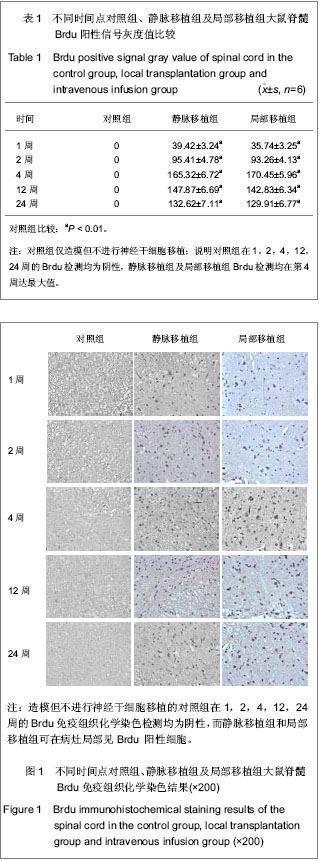
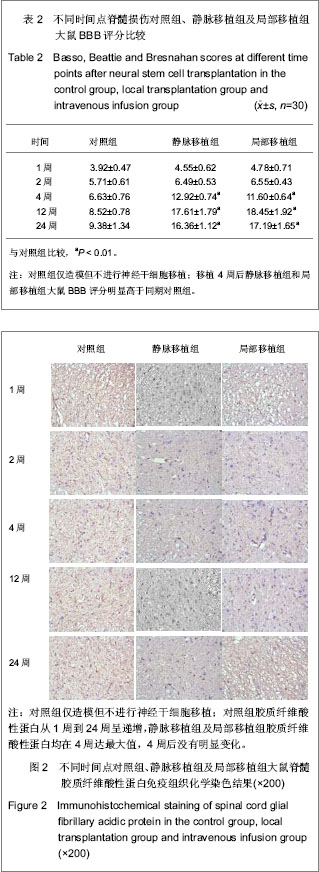
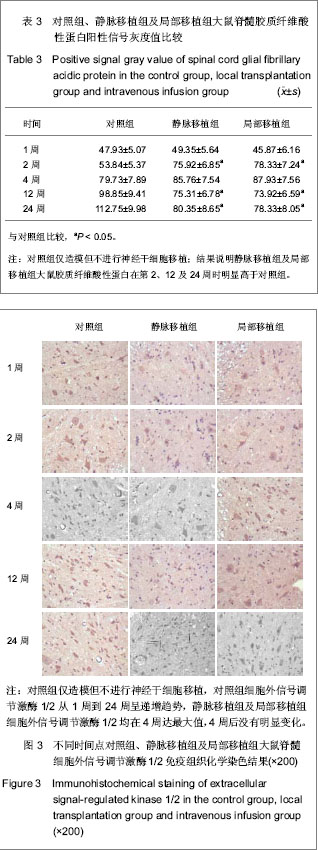
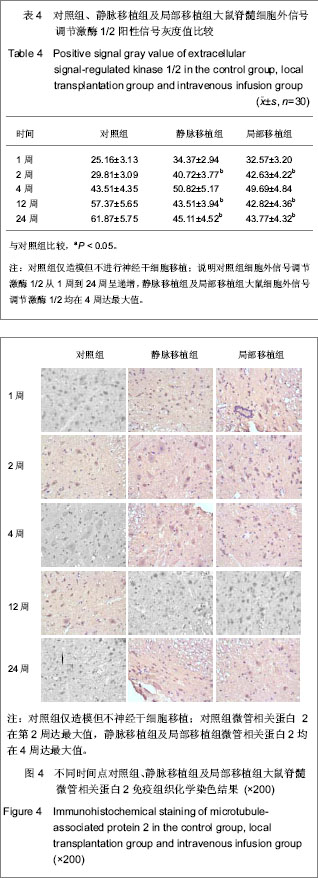
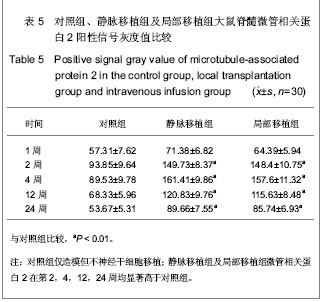
.jpg)